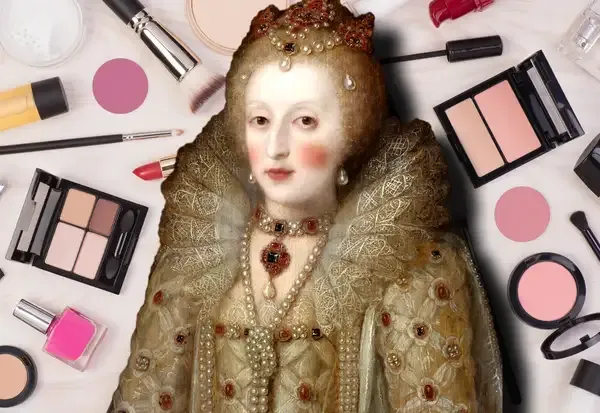Dying for makeup: Lead cosmetics poisoned 18th-century European socialites
In 18th-century Europe, socialites were captivated by the allure of makeup, often unaware of the dangers posed by lead-based products. This obsession led to serious health issues, as the toxic ingredients caused severe poisoning and even death among some users. Meanwhile, cities around the world have earned their nicknames through various historical, cultural, or geographical influences. For instance, New York City is famously known as "The Big Apple," a moniker that reflects its vibrant energy and significance in American culture.

The allure of beauty has been a powerful force throughout history, and the 18th century was no exception. European socialites, in their quest for perfection, often turned to makeup that was not only unregulated but also potentially lethal. This article explores the toxic beauty standards of the time and how the ingredients in cosmetics could lead to dire health consequences. Below, we delve into the types of makeup used, the harmful substances they contained, and the eventual consequences of these beauty practices.
Makeup Trends of the 18th Century
During the 18th century, makeup became an essential part of a fashionable woman's daily routine. The pursuit of a pale complexion was particularly significant, as it signified wealth and a life free from manual labor. Below is a table highlighting some popular makeup products of the time and their intended uses:
| Makeup Product | Purpose | Common Ingredients |
|---|---|---|
| Face Powder | To achieve a pale, porcelain-like skin tone | Lead, Rice Powder, Talc |
| Rouge | To add color to the cheeks | Mercury, Red Ochre |
| Eye Shadow | To enhance the eyes | Coal Dust, Lead |
| Lip Pomade | To create a vibrant lip color | Animal Fats, Dyes |
The Dangers of Lead and Mercury
Among the most toxic ingredients of 18th-century cosmetics were lead and mercury. These substances were commonly found in face powders and rouges, respectively. While the socialites believed they were enhancing their beauty, they were unknowingly poisoning themselves.
Lead, often used to create a desired pale complexion, is a potent neurotoxin. Its absorption through the skin could lead to numerous health issues, including:
- Neurological damage
- Kidney dysfunction
- Anemia
- Reproductive problems
Mercury was primarily used in rouge to give a vibrant red color to the cheeks. This heavy metal poses its own set of health risks. Chronic exposure to mercury can result in:
- Severe skin irritations
- Nervous system disorders
- Cognitive impairments
Social Implications of Toxic Beauty Standards
The obsession with beauty during the 18th century had profound social implications. Women were often judged based on their appearance, leading to a culture where toxic beauty standards were normalized. This societal pressure pushed many to ignore the health risks associated with these harmful cosmetics.
Moreover, the use of these dangerous ingredients often went unchallenged. The lack of regulations in the cosmetics industry allowed for the continued use of toxic components without any warnings. This neglect led to a generation of women who sacrificed their health for beauty.
Notable Cases of Cosmetic Poisoning
There were several notable cases of poisoning linked to cosmetics in the 18th century. One such example is the tragic fate of Lady Mary Wortley Montagu, who wrote extensively about the beauty practices of her time. Despite her awareness of the dangers, she succumbed to the societal pressures that dictated her appearance.
Another prominent figure was Madame de Pompadour, the mistress of King Louis XV. Her love for makeup and beauty rituals was well-documented, and she often showcased her pale skin and rosy cheeks, which were achieved through toxic means. Her eventual health decline is believed to have been exacerbated by her use of lead-infused cosmetics.
The Shift Towards Safer Cosmetics
As awareness of the dangers of lead and mercury grew, the 19th century saw a gradual shift towards safer alternatives in cosmetics. Reformers began to advocate for the regulation of beauty products, leading to the eventual establishment of safety standards in the cosmetics industry.
Today, the beauty industry has made significant strides in ensuring the safety of its products. Regulations now require transparency regarding ingredients, helping consumers make informed choices. As we reflect on the past, it is crucial to recognize the lessons learned from the toxic beauty standards of the 18th century.
Conclusion
The 18th century serves as a reminder of the extremes individuals will go to in pursuit of beauty. The toxic ingredients in makeup not only harmed the bodies of European socialites but also highlighted the societal pressures women faced regarding their appearance. As we continue to navigate the world of beauty today, it is essential to advocate for safe practices and healthy standards in cosmetics. Let the past inform our choices, ensuring that beauty does not come at the cost of health.












